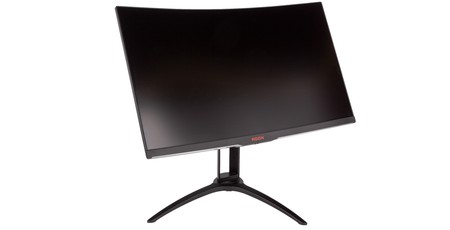
Performance Analysis
The strong colour gamut results are a telltale sign of the screen’s HDR leanings, but it’s not a true wide-gamut display suitable for professional colour spaces. The primary purpose is still entertainment, and the gamut here will allow colours to pop a bit more with HDR content.
Claimed contrast ratios are usually way above what we measure, and that’s again the case here, although 800:1 is still a decent result. The screen does benefit from being brighter than is generally recommended, though, and MSI’s Optix MPG27CQ did better.
The out of box white point is 7,000K, which is acceptably close to the ideal value of 6,500K. However, brightness doesn’t seem to measure up to the 400 nits; even at full brightness we measured closer to 350.
Colour performance is middling. You tend to want the average delta E to be below 3, and AOC just misses out here. That said, things did improve once we enabled HDR, but it’s a shame oranges and skin tones seem to be most affected, as this was something that did look off to our eyes in our regular set of test images.
The default gamma curve gives a solid reading of 2.1, but this average value disguises a rather misshaped curve. We suspect this has something to do with a somewhat washed out effect we noticed. The Gamma3 setting looked better and is also closer to the ideal curve.
Display uniformity is nothing special either. The performance isn’t so drastic that you’ll clearly notice brighter or off-colour areas with the naked eye, but next to a variety of other screens this AOC doesn’t really measure up. There is some minor backlight bleed along the top and bottom edge, but again this only showed up in the test scenario and didn’t distract us from entertainment.
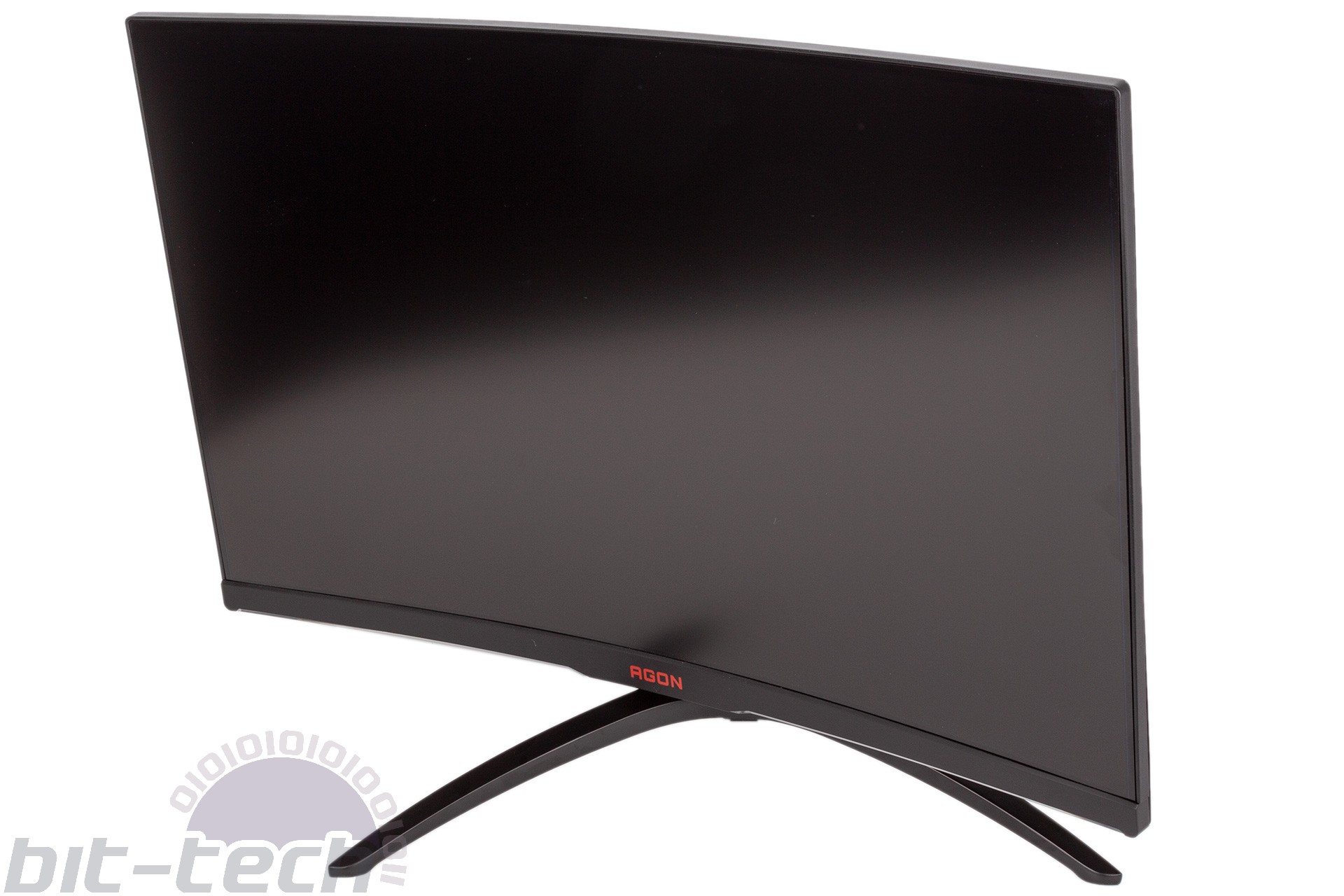
Viewing angles tend to be decent on VA panels, and the AOC screen does indeed fare better than TN panels by some margin. There’s a yellow tinge that appears as you get to the extremes, but for a curved gaming monitor you’re nearly always going to be looking at it head-on, and here we experienced no faults.
The Blur Busters UFO Motion Test and AMD’s original FreeSync demo both showed ghosting, but these are tests are good at doing just that. It’s hard to fully eliminate on this screen, but the medium Overdrive setting does a good enough job. We’re just not sure why this isn’t the default behaviour, especially on a gaming screen.
There is no feature equivalent to Nvidia’s Ultra Low Motion Blur, so you’ll need to put up with what there is. Thankfully, the 144Hz refresh rate keeps it contained nicely, but if you’re very sensitive to it then ULMB is the best antidote we’ve seen.
Input lag didn’t seem to be an issue for anyone who played fast-paced shooters with this screen. It definitely didn’t make the office folk any better at pulling off headshots, though…
FreeSync works as expected, including LFC. Running Deus Ex at 1440p Ultra was enough to cause our graphics card to hit a minimum of 28fps, yet even in these benchmark results the gameplay remained smooth and free of tearing.
Conclusion
The AOC AG322QC4 is about £100 cheaper than other similar screens from LG and Asus, for example, but you could argue that it shows in a fair few areas. The screen physically coming apart in one corner is one worry, and while we’re confident this would qualify you for a replacement, it’s hardly encouraging that we don’t appear to be alone in seeing this fault. (Update 04/04/19: AOC is investigating the build quality issues we experienced; we'll update this article further if and when we hear any more.) The menu joystick and the bundled controller also aren’t very inspiring.
There are plenty of positives, though. For starters, the size, refresh rate, and FreeSync with LFC mean that gaming is a very positive experience. The stand is excellent, and the adjustments are generous in range and easy to make. Connectivity is strong as well, and the angled area for USB and audio ports is handy. HDR support is also a small bonus, even if it’s a lowly implementation.
This one’s a tough call, but we feel that in getting the essentials right, AOC has let quality slide in one or two too many areas for the AG322QC4 to be award-worthy, especially as it’s one of the few ambassadors for FreeSync 2 HDR. The gamma, colour reproduction, lower-than-expected contrast, and ghosting issues coupled with the build quality and menu navigation quirks eat away at a solid foundation, even though no one of them is a major flaw or deal-breaker. If the specs are just what you’re looking for, therefore, and you’re willing to work with it a bit, the AOC AG322QC4 is a great value sub-£400 gaming screen, but it wouldn’t be our go-to choice.

MSI MPG Velox 100R Chassis Review
October 14 2021 | 15:04

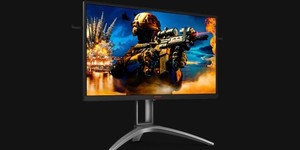
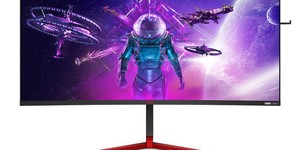
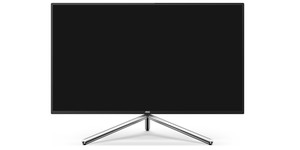




Want to comment? Please log in.